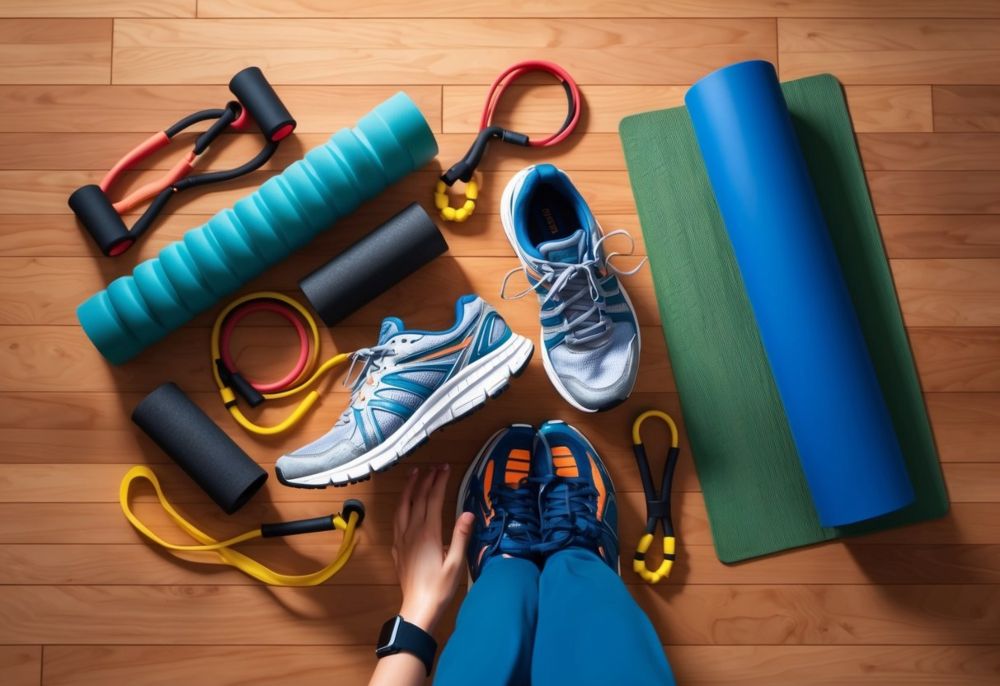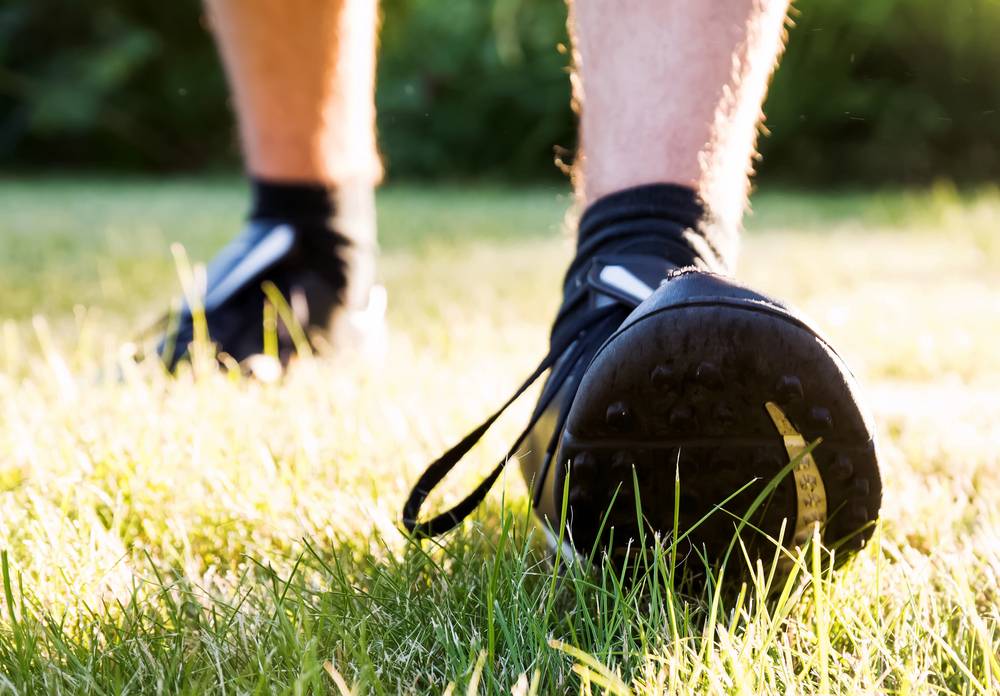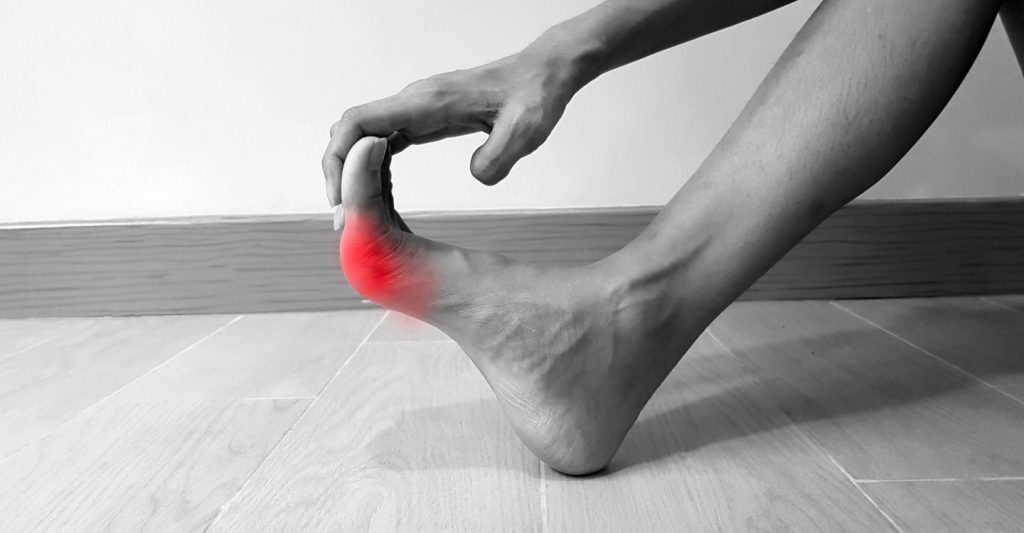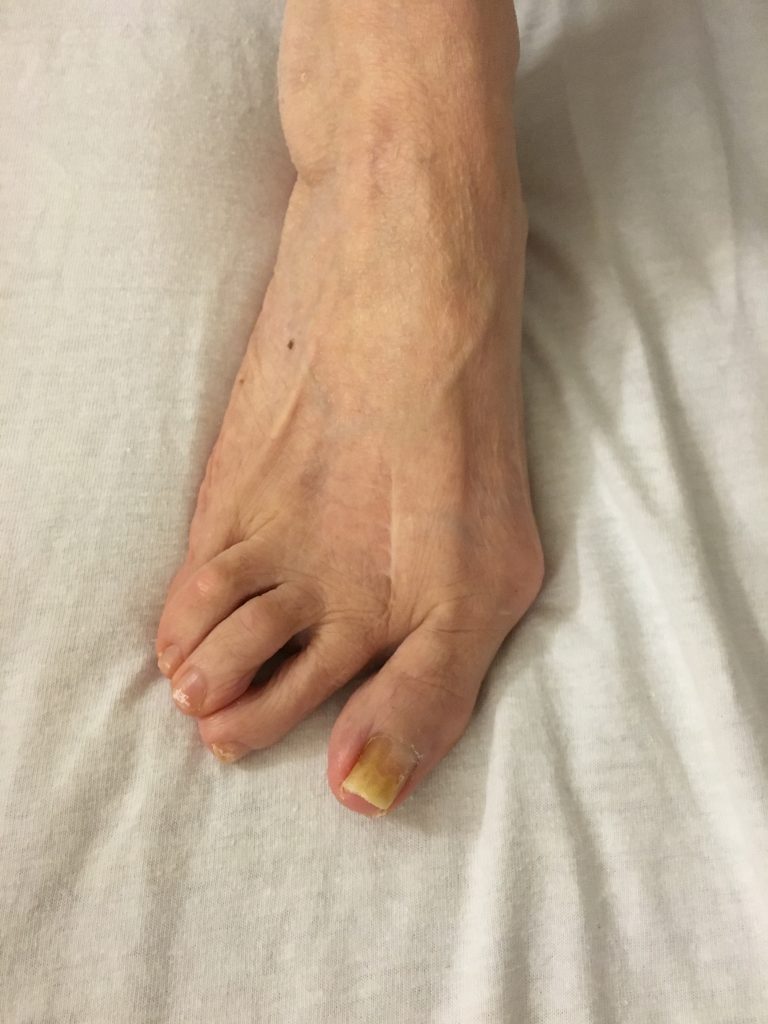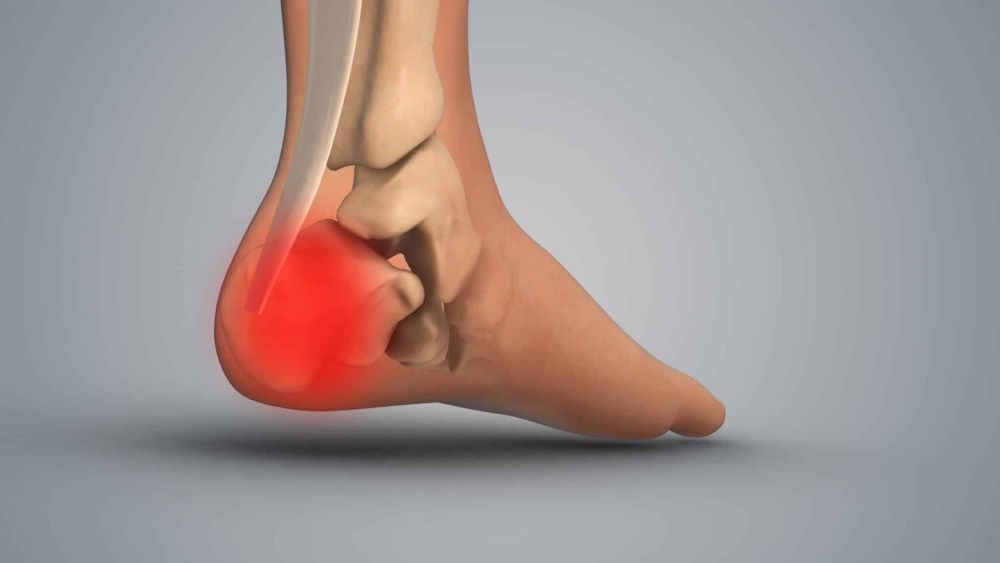
Your feet absorb up to three times your body weight every step. Hidden beneath your heels and the balls of your feet lies a specialized structure that makes pain-free movement possible—the plantar fat pad.
The compartmentalized arrangement of tough padding in your feet isn’t just ordinary fat—it’s a honeycomb-like structure designed to distribute pressure evenly across your foot.
When this padding thins or shifts out of place, a condition known as fat pad atrophy, walking can become increasingly painful.
Understanding your foot’s natural cushioning system is the first step toward maintaining pain-free mobility. The health of your fat pads affects everything from your daily comfort to your long-term joint health, making it a critical yet often overlooked component of overall foot care.
Key Takeaways
- Your foot’s fat pad serves as a crucial shock absorber, protecting delicate structures from the impact of walking, running, and jumping.
- Fat pad atrophy can lead to significant pain and altered walking patterns that affect your musculoskeletal system.
- Solutions like custom orthotics and proper footwear can help compensate for diminished fat pad cushioning and restore comfort.
Anatomy Of The Foot Fat Pad – More Than Just Padding
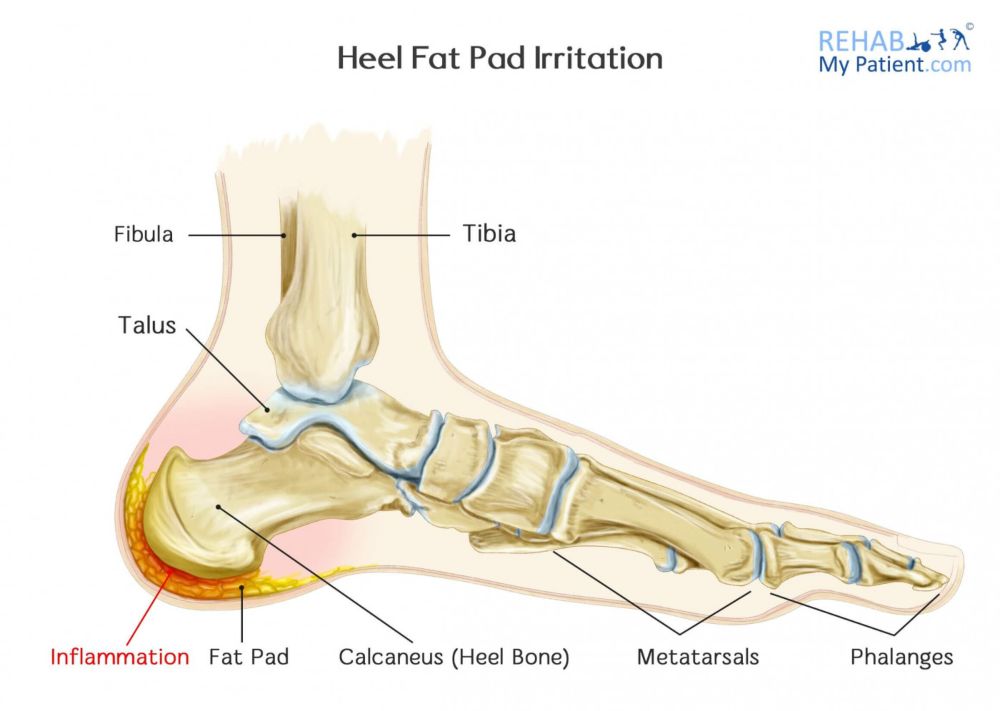
Your foot’s fat pad is a specialized structure that offers much more than simple cushioning. It’s a marvel of biological engineering with precise organization and critical functions supporting your body weight.
Structural Composition And Location
The fat pad in your foot isn’t ordinary adipose tissue. It comprises thick elastic muscle fibers and specialized fatty tissue arranged in a compartmentalized structure.
This unique design allows it to maintain its shape and function under pressure.
The heel pad specifically contains tough fibrous chambers filled with fat globules. Strong fibrous walls separate these chambers, preventing the fat from simply squishing away under pressure.
You have two main fat pad areas:
- Heel (calcaneal) pad: Located directly beneath your heel bone
- Metatarsal pad: Positioned under the ball of your foot
The thickness varies by individual but typically measures between 1 and 2 cm in the heel region. This seemingly small cushion plays an outsized role in your foot’s function.
Essential Biological Functions
Your foot’s fat pad provides critical cushioning, absorbing up to 110% of your body weight during walking and an impressive 200% during running activities.
This shock absorption protects not just your feet but your entire skeletal system.
Beyond simple padding, the fat pad offers:
- Weight distribution: It spreads pressure across your foot’s surface
- Protection of underlying structures: It shields nerves, blood vessels, and bone
- Energy return: The elastic properties help propel you forward during gait
- Temperature regulation: It insulates deeper foot structures
This unique padding arrangement morphs with loading and unloading. The fat pad changes shape during walking, flattening under pressure and rebounding as weight shifts off the area.
When healthy, your foot’s fat pad provides this essential cushioning without you ever noticing its crucial work.
The Fat Pad’s Biomechanical Superpowers
Your foot’s fat pad is an extraordinary natural system that provides crucial functions beyond simple cushioning.
These specialized structures use complex biomechanical principles to protect your entire body during movement.
Principles Of Force Absorption
Your heel’s fat pad is a sophisticated shock absorber when you walk, run, or jump.
This remarkable tissue contains chambers of fat cells organized in a honeycomb structure that efficiently distributes pressure across your foot.
When your heel strikes the ground, the fat pad:
- Deforms temporarily to absorb impact forces
- Spreads pressure evenly across the heel
- Returns to its original shape as you push off
This dynamic cushioning system minimizes harmful jarring forces that would otherwise travel through your skeletal system.
Without proper fat pad function, your body lacks natural arch support and shock absorption, leading to increased stress on joints.
The fat pad’s elasticity comes from its unique adipose tissue composition reinforced with fibrous septae.
This gives it the perfect balance between firmness and flexibility needed for effective force management.
Built-In Protection For The Whole Body
Your foot’s fat pad doesn’t just protect your heel—it shields your entire musculoskeletal system.
Dampening impact forces at the source prevents harmful vibrations from reaching your ankles, knees, hips, and spine.
This protection works through:
- Initial force reduction at heel strike
- Load distribution across the foot’s surface
- Energy conversion from impact to controlled motion
The fat pad helps maintain proper biomechanical alignment throughout your kinetic chain.
Research shows the fat pad distributes plantar force during weight-bearing activities, protecting delicate foot structures from excessive pressure.
This natural cushioning system serves as your first line of defense against the repetitive impacts of daily movement.
Your body relies on this specialized tissue to transform potentially harmful forces into manageable loads that your muscles and joints can safely handle.
If every step feels harder than the last, it’s time to check what’s beneath your feet. Preserve your natural shock absorbers with custom care at the Foot, Ankle & Leg Vein Center. Schedule an evaluation.
Biomechanical Breakdown In Motion
Your heel pad is a natural shock absorber during daily movements and high-impact activities.
This specialized fat cushion adapts to different forces throughout your stride cycle and athletic performance.
Walking And Movement Mechanics
When your foot strikes the ground during normal walking, your heel pad absorbs the ground reactions to protect bones from damage.
This cushioning system compresses upon impact and rebounds as you shift weight forward.
The mechanics involve specific movements called arthrokinematics, which describe how joint surfaces move about each other.
During this process, your heel pad undergoes what biomechanists call “bulk compression.”
During heel strike, your body weight transfers through the calcaneus (heel bone) and compresses the fat pad beneath it.
This compression can reach up to 60% of the pad’s resting thickness.
You may develop plantar heel pain if you have altered mechanical properties in your heel pad. Problems like plantar fasciitis often result from insufficient cushioning during this critical phase.
Your walking pattern affects how force is distributed through the foot. Overpronation (excessive inward foot rolling) can place uneven pressure on the heel pad, potentially causing pain.
Sports And Athletic Impact
Athletic activities dramatically increase forces on your heel pad.
Running can multiply impact forces to 2-3 times your body weight, while jumping sports may reach 7-10 times your body weight.
The heel pad’s morphological arrangement helps it withstand these forces, but repetitive high impacts can cause trauma and inflammation.
Basketball, tennis, and other court sports involve rapid directional changes that create shearing forces across your heel pad.
These lateral stresses challenge the pad’s ability to stabilize your foot.
Distance runners often develop fat pad syndrome from the thinning of this crucial cushion.
Without proper protection, micro-injuries accumulate, and pain develops.
Common athletic injuries affecting the heel pad include:
- Bruising from direct trauma
- Fat pad atrophy from overuse
- Inflammation from repeated impact
- Achilles tendon issues that alter gait mechanics
Proper footwear with adequate heel cushioning becomes especially important during athletic activities to supplement your natural padding system.
Technology And Assessment – Modern Tools For Measuring Foot Cushioning
Modern technology has revolutionized how medical professionals evaluate and treat fat pad atrophy in the feet.
Advanced diagnostic tools now precisely measure your foot’s cushioning capacity, allowing for targeted interventions.
Diagnostic Innovations In Foot Health
Plantar pressure mapping systems create detailed visual representations of pressure distribution across your feet when standing or walking.
These computerized mats contain thousands of sensors that quantify where your foot experiences the most stress.
Ultrasound imaging has become invaluable for measuring fat pad thickness with millimeter precision. Your podiatrist can use this technology to evaluate the cushioning system and determine how much natural padding remains.
MRI scanning provides comprehensive 3D views of your foot structure, clearly distinguishing between fat pads, tendons, and bones. This helps identify specific areas where your cushioning has deteriorated.
Thermal imaging cameras detect “hot spots” on your feet, which indicate areas of increased friction and pressure—early warning signs of fat pad thinning.
Precision Metrics For Long-Term Prevention
Gait analysis using high-speed cameras tracks how you walk and identifies abnormal patterns that may accelerate fat pad deterioration. This technology enables custom solutions.
High-speed cameras also track your walking and identify abnormal patterns that may accelerate fat pad deterioration.
This technology enables custom solutions incorporating zonal rubber placement in orthotics to target specific pressure points.
Wearable pressure sensors in specialized insoles can monitor your feet throughout daily activities. These devices collect real-time data about how fat pads distribute weight during activities.
Digital foot scanners create precise 3D models of your feet, allowing for custom orthotic devices that accommodate your unique foot structure and compensate for thinning fat pads.
Force plate analysis measures the impact forces your feet absorb during activities, helping determine if your natural cushioning is sufficient or requires supplementation.
Conclusion
Your foot’s fat pad may be small, but its impact on your daily comfort and mobility is enormous. This specialized cushion tirelessly absorbs up to 110% of your body weight during walking and 200% during running.
When healthy, these pads function as your body’s built-in shock absorbers, protecting delicate bones and tissues from the constant impact of movement. They’re specially designed to minimize pressure, friction, and gravitational forces on your feet.
Taking care of your feet’s fat pads can prevent significant discomfort later. When these pads thin or displace through atrophy, the underlying bones become exposed, creating pain with each step.
Remember that proper footwear, weight management, and appropriate activity modifications can help preserve these vital structures.
Your feet carry you through life. Their comfort depends significantly on these small but mighty cushions.
Ready to walk with comfort again? The Foot, Ankle & Leg Vein Center offers advanced evaluations for fat pad loss and foot pain. Take the next step toward pain-free movement by booking your consultation today.
People Also Ask
What is the fat pad in your foot?
The fat pad is a dense, fibrous cushion beneath the heel and forefoot. It protects bones, absorbs shock, and helps distribute pressure when you walk, run, or stand.
Why is the foot fat pad important for walking?
Your fat pad acts like a natural shock absorber. It compresses with each step to reduce stress on bones and joints, helping prevent pain, fatigue, and injury.
Can fat pad loss cause foot pain?
Yes. When fat pads wear down, there’s less cushioning between your bones and the ground, which can cause heel pain, burning sensations, and discomfort when walking or standing for long periods.
What causes foot fat pad degradation?
Aging, repeated impact, poor footwear, and medical conditions like diabetes or arthritis can all contribute to the thinning of the fat pad over time.
Can fat pad loss be reversed?
Fat pad degradation is not reversible, but the effects can be managed. Treatments like cushioned orthotics, shock-absorbing footwear, and activity modifications can help reduce pain and improve function.
How can I protect my foot fat pads?
Wearing supportive shoes, avoiding hard surfaces barefoot, managing weight, and using padded insoles can help protect your fat pads and prevent unnecessary wear.
How is fat pad thickness measured?
Doctors may use ultrasound imaging, pressure mapping, or 3D foot scanning to measure fat pad thickness and assess its effectiveness in absorbing impact.



